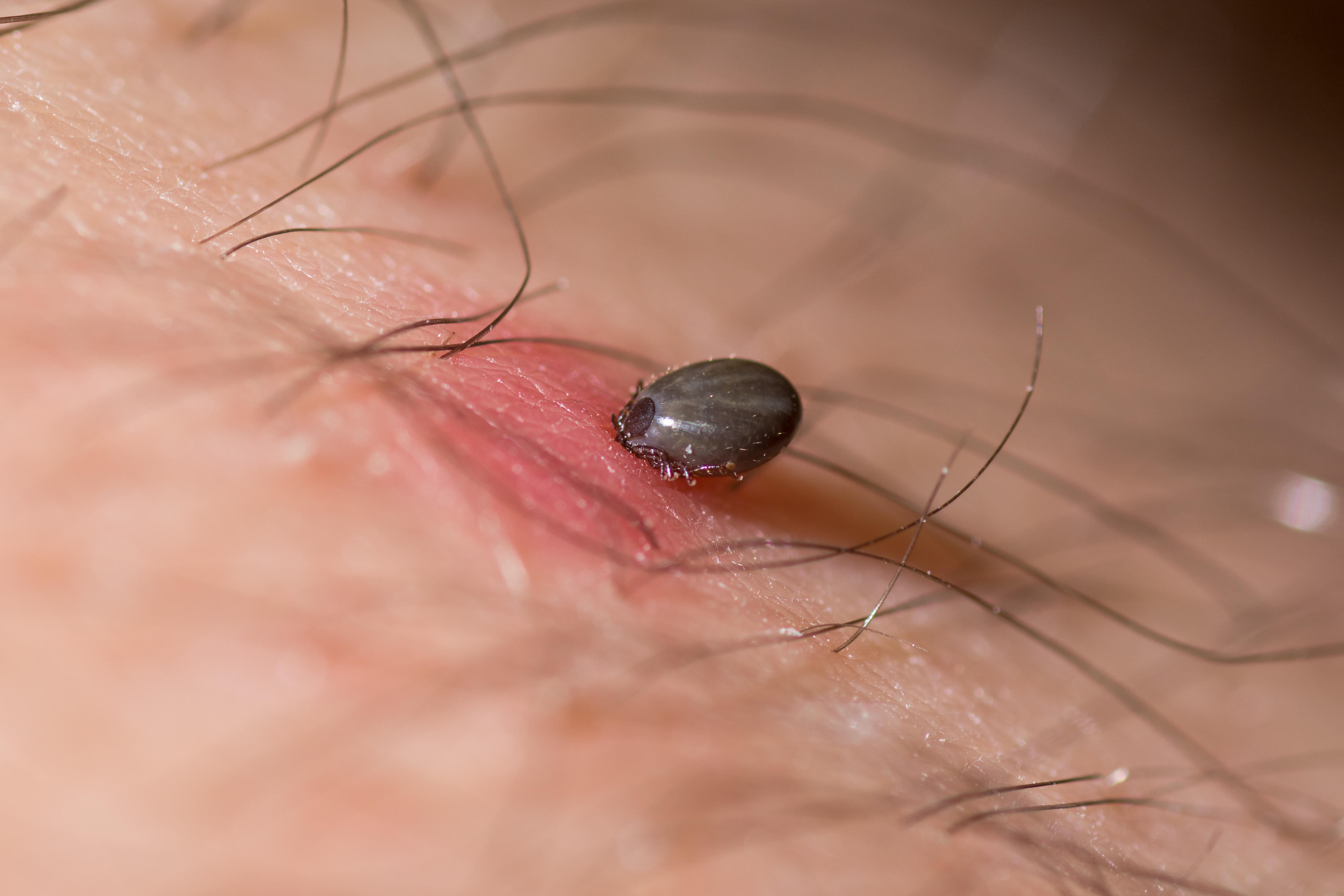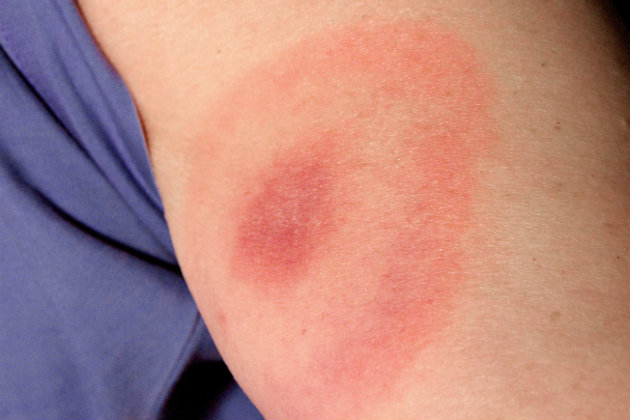Lyme Disease: What it is, how you catch it and everything else you need to know
The fine weather of spring and summer brings with it ticks – and with them, fears about Lyme disease. Charlotte Peters explains what you need to know.


The fine weather of spring and summer brings with it ticks – and with them, fears about Lyme disease. Those fears have been exacerbated by recent research suggesting that it could be three-times more common than we realise.
Yet despite that Lyme disease remains, relatively-speaking, fairly rare. It's quite possible to get bitten by a tick and suffer no ill effects at all – but should you contract the disease, the latest medical evidence suggests that acting promptly is very important and can prevent long-term effects. So if you get bitten, you need to know what to keep an eye out for, and how long to stay vigilant.
In 2018, updated advice was given by the National Institute for Health and Care Excellent (NICE) to help doctors quickly spot Lyme disease, so they can offer people NHS treatment as soon as possible.

Saul Faust, Professor of paediatric immunology and infectious diseases at the University of Southampton and chair of the NICE guideline committee, said: “We want people to be diagnosed early so they get the right treatment as soon as possible."

However, as always, prevention is better than cure. As a shooter, enjoying the great outdoors, you are more likely to be bitten by infected ticks, so what do you need to be aware of?
Lyme disease: 15 things you need to know
- Lyme disease is a tick-borne illness that can result in chronic fatigue, pain, confusion, depression-like symptoms and loss of memory
- The disease is through to affect up to 3,000 people in the UK every year
- Famous individuals who have reportedly contracted Lyme disease include actor Richard Gere and former US President George W Bush.
- Undiagnosed Lyme disease can cause more severe symptoms, moving into the heart, brain and nervous system
- Lyme disease can be treated effectively if it's detected early. However if the patient does not receive treatment or it is delayed, the result can be long-lasting symptoms.
- It is important to check yourself for ticks after walking in areas ticks are likely to be, such as woodland and long grass.
- You are more likely to contract Lyme disease if the infected tick remains on your skin for more than 24 hours
- You may not notice that you have been bitten, as the ticks are small and the bites are not painful. So always check.
- Remove ticks with a tick removal tool or tweezers and wash the area afterwards with soap and water or an antiseptic wipe.
- Most sufferers of early-stage Lyme disease develop a distinctive circular rash where they were bitten. It usually appears 3-30 days after the tick bite. However, a third of sufferers never get a rash.
- Lyme disease may cause the following symptoms, similar to flu: tiredness, muscle pain, joint pain, fever, chills, neck stiffness, nerve pains, facial paralysis.
- See your GP as soon as possible if you suffer from any of the above symptoms after being bitten by a tick or if you think you have been bitten.
- Tell your GP if you have been in areas where ticks cluster, for example parkland populated by deer, heaths, woodland and grassland.
- There is a useful Government leaflet on Lyme disease to read here.
- Lyme Disease Action also has a useful and informative website.
Exquisite houses, the beauty of Nature, and how to get the most from your life, straight to your inbox.
Country Life is unlike any other magazine: the only glossy weekly on the newsstand and the only magazine that has been guest-edited by His Majesty The King not once, but twice. It is a celebration of modern rural life and all its diverse joys and pleasures — that was first published in Queen Victoria's Diamond Jubilee year. Our eclectic mixture of witty and informative content — from the most up-to-date property news and commentary and a coveted glimpse inside some of the UK's best houses and gardens, to gardening, the arts and interior design, written by experts in their field — still cannot be found in print or online, anywhere else.
